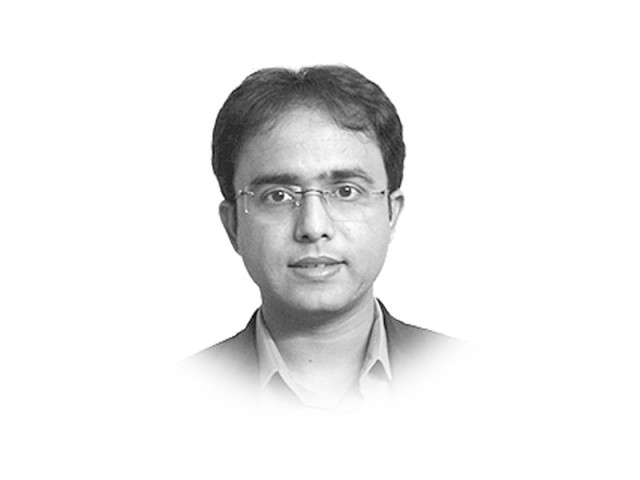A hierarchical education system
A hierarchical schooling system has turned education from a common good, to a commodity available to only a select few

A hierarchical education system
An analysis of Pakistan’s education system indicates that there are four broad schooling systems here, having either English, Urdu or a provincial language as mediums of instruction, with each representing a different set of social values, ethos and mindsets. Furthermore, there is a lot of variation in terms of the quality of education provided within each category. A small fraction of schools, known as elite schools, provide the best quality of education, often on a par with international standards, since most of these schools are registered with international examination systems. The graduates from this system are capable of competing at the global level, but seem to have little concern regarding the betterment of society as a whole. It has been observed that they tend to focus on personal achievements and act as agents — consciously or subconsciously — of the status quo. However, in view of Imran Khan’s meteoric rise, his supporters from the elite class of the country and their participation in politics may change this trend, although I find this idea a bit doubtful at this stage.
The second category of schools includes low-cost private schools, catering generally to the lower-middle class. These schools, at least at the primary level, provide a relatively better standard of education, when compared with government-run schools. Despite the low salaries of their teachers compared with their counterparts in government-run schools, the former generally perform their jobs well. The private schools’ share, in terms of enrollment, is around 30 per cent and most of them in the urban areas of Pakistan except for Azad Jammu and Kashmir, where the trend is the other way round, with a 68 per cent enrolment rate in rural areas.
The low-cost private schools are growing fast as their profitability is said to be between 40-45 per cent. Think tanks have actually started terming this phenomenon the ‘education industry’, with international donor agencies also now paying attention to these private schools. A number of programmes are underway to expand this sector, in order to address the challenge of the large number of out-of-school children and the poor quality of education imparted in the country. In light of the findings of some research studies, donor agencies are now planning to introduce ‘access to finance’ programmes for these private schools. Moreover, the government is also being persuaded to divert funds towards this sector instead of establishing new schools. Notwithstanding some achievements, private schools still face a lot of challenges in terms of capacity-building and salaries paid to teachers. Moreover, entrepreneurs opening up such schools are not educationists. Therefore, in the long run, for them, financial interests will supersede societal ones.
The third category of schools comprises public schools, which still form the largest education provider in the country. Despite a continuous increase in their budgets, as well as technical input and the various plans for their betterment, these schools are on the downward trajectory. The worrying aspect here is that government employees, including teachers, prefer sending their children to private schools rather than government-run ones. This brings home the realisation that people have lost trust in government schools, even if they provide free education. The situation calls for drastic and innovative solutions for the public education system.
The fourth and last category is that of madrassas. These schools work with little oversight from the government. A majority of students enrolled in madrassas tend to belong to poorer families, which are unable to even provide adequate food to their children. The curriculum and methods of teaching often do not equip students with knowledge and skills to meet the challenges of the modern world.
It is time to rethink the role of education in society, since different types of schools are often at cross purpose with one another — some promote modernisation while some seem to be stuck in the past. We need to take stock of this situation in terms of its impact on society and develop policies accordingly.
Published in The Express Tribune, October 24th, 2014.
Like Opinion & Editorial on Facebook, follow @ETOpEd on Twitter to receive all updates on all our daily pieces.













COMMENTS
Comments are moderated and generally will be posted if they are on-topic and not abusive.
For more information, please see our Comments FAQ